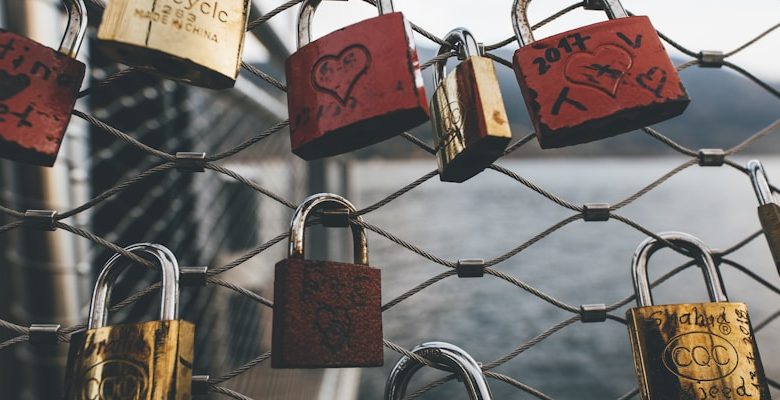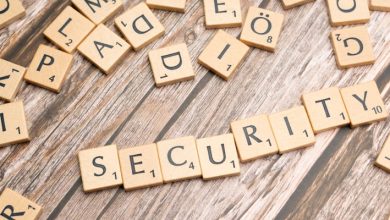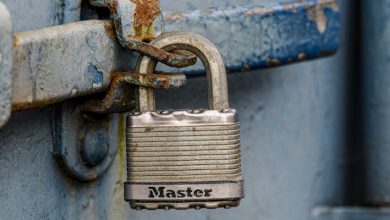The Importance of Two-Factor Authentication in Crypto Security

- The Basics of Two-Factor Authentication
- Protecting Your Crypto Assets with Two-Factor Authentication
- Common Two-Factor Authentication Methods for Crypto Security
- The Role of Two-Factor Authentication in Preventing Unauthorized Access
- Enhancing Crypto Security Through Two-Factor Authentication
- Implementing Two-Factor Authentication: Best Practices for Crypto Investors
The Basics of Two-Factor Authentication
Two-factor authentication (2FA) is a security process that requires users to provide two different authentication factors to verify their identity. This adds an extra layer of security to protect sensitive information and prevent unauthorized access. In the context of cryptocurrency security, 2FA is essential to safeguarding your digital assets from cyber threats.
The first factor in 2FA is typically something the user knows, such as a password or PIN. The second factor is something the user has, like a smartphone or security token. By requiring both factors to log in or complete a transaction, 2FA reduces the risk of unauthorized access even if one factor is compromised.
Implementing 2FA for your cryptocurrency accounts is a simple yet effective way to enhance security. Most cryptocurrency exchanges and wallets offer 2FA as an option, usually through SMS codes, authenticator apps, or hardware tokens. It is important to enable 2FA on all your crypto accounts to minimize the risk of unauthorized access and potential loss of funds.
In conclusion, two-factor authentication is a crucial security measure for protecting your cryptocurrency holdings. By adding an extra layer of verification, 2FA significantly reduces the risk of unauthorized access and enhances the overall security of your digital assets. Make sure to enable 2FA on all your crypto accounts to stay one step ahead of potential cyber threats.
Protecting Your Crypto Assets with Two-Factor Authentication
One of the most effective ways to protect your cryptocurrency assets is by using two-factor authentication (2FA). This adds an extra layer of security to your accounts by requiring not only a password and username but also another piece of information that only you have access to.
With 2FA enabled, even if a cybercriminal manages to obtain your login credentials, they would still need the additional authentication method to access your account. This significantly reduces the risk of unauthorized access and potential theft of your crypto assets.
There are different types of 2FA methods available, such as SMS verification, authenticator apps, hardware tokens, and biometric verification. It is recommended to use more than one 2FA method for added security.
By implementing 2FA, you are taking proactive steps to safeguard your crypto assets from unauthorized access and potential security breaches. It is a simple yet powerful tool that can provide peace of mind knowing that your investments are better protected.
Common Two-Factor Authentication Methods for Crypto Security
Two-factor authentication (2FA) is crucial for enhancing security in the world of cryptocurrency. There are several common methods used for implementing 2FA to protect crypto assets:
- SMS Verification: One of the most popular 2FA methods is SMS verification. Users receive a unique code via text message that they must enter to access their accounts. While this method is convenient, it is not the most secure due to the risk of SIM swapping attacks.
- Authenticator Apps: Authenticator apps like Google Authenticator or Authy generate one-time codes that users must enter along with their passwords. These codes are time-sensitive and provide an extra layer of security compared to SMS verification.
- Hardware Tokens: Hardware tokens are physical devices that generate one-time codes for 2FA. These devices are considered one of the most secure methods of authentication as they are not vulnerable to phishing attacks or malware.
- Biometric Authentication: Some crypto platforms offer biometric authentication such as fingerprint or facial recognition. Biometrics provide a high level of security as they are unique to each individual and difficult to replicate.
By utilizing these common 2FA methods, cryptocurrency users can significantly reduce the risk of unauthorized access to their accounts and protect their digital assets from potential threats.
The Role of Two-Factor Authentication in Preventing Unauthorized Access
Two-factor authentication plays a crucial role in enhancing security measures for cryptocurrency transactions and accounts. By requiring two separate forms of identification before granting access, this method greatly reduces the risk of unauthorized individuals gaining entry to sensitive information.
First, users typically enter their password as the initial authentication factor. This is something they know, such as a combination of letters, numbers, and symbols. However, passwords alone are not foolproof, as they can be easily compromised through methods like phishing or brute force attacks.
By adding a second factor, such as a fingerprint scan or a unique code sent to a mobile device, the security of the account is significantly strengthened. This second factor is something the user possesses, making it much harder for cybercriminals to bypass security measures.
Overall, two-factor authentication provides an extra layer of protection that is essential in the world of cryptocurrency, where the stakes are high, and the risks are ever-present. Implementing this security feature is a simple yet effective way to safeguard assets and personal information from unauthorized access and potential theft.
Enhancing Crypto Security Through Two-Factor Authentication
Implementing two-factor authentication (2FA) is a crucial step in enhancing the security of your crypto assets. By requiring users to provide two different authentication factors before gaining access to their accounts, 2FA adds an extra layer of protection against unauthorized access.
One of the most common methods of 2FA in the crypto world is using a combination of something you know (like a password) and something you have (like a mobile device). This means that even if a hacker manages to obtain your password, they would still need access to your mobile device or another physical token to successfully log in to your account.
By incorporating 2FA into your crypto security practices, you significantly reduce the risk of falling victim to phishing attacks, credential stuffing, and other forms of cybercrime. It adds an additional barrier that can thwart malicious actors’ attempts to compromise your accounts and steal your valuable cryptocurrency.
Remember, the security of your crypto holdings is only as strong as the measures you put in place to protect them. Implementing 2FA is a simple yet effective way to fortify your defenses and safeguard your assets from potential threats.
Implementing Two-Factor Authentication: Best Practices for Crypto Investors
Implementing two-factor authentication is crucial for ensuring the security of your crypto investments. By adding an extra layer of protection beyond just a password, you can significantly reduce the risk of unauthorized access to your accounts. There are several best practices that crypto investors should follow when setting up two-factor authentication.
One key best practice is to use a combination of something you know (like a password) and something you have (like a mobile device) for the two-factor authentication process. This ensures that even if your password is compromised, an attacker would still need physical access to your mobile device to gain entry to your account.
Another important best practice is to use a reputable two-factor authentication app, such as Google Authenticator or Authy, rather than relying on SMS-based authentication. SMS-based authentication is vulnerable to SIM swapping attacks, where an attacker convinces your mobile carrier to transfer your phone number to a new SIM card under their control.
It’s also essential to regularly review and update your two-factor authentication settings to ensure that they are still effective. This includes removing any old devices or accounts that you no longer use for authentication, as well as enabling biometric authentication methods if available.
By following these best practices for implementing two-factor authentication, crypto investors can significantly enhance the security of their accounts and protect their investments from unauthorized access.



